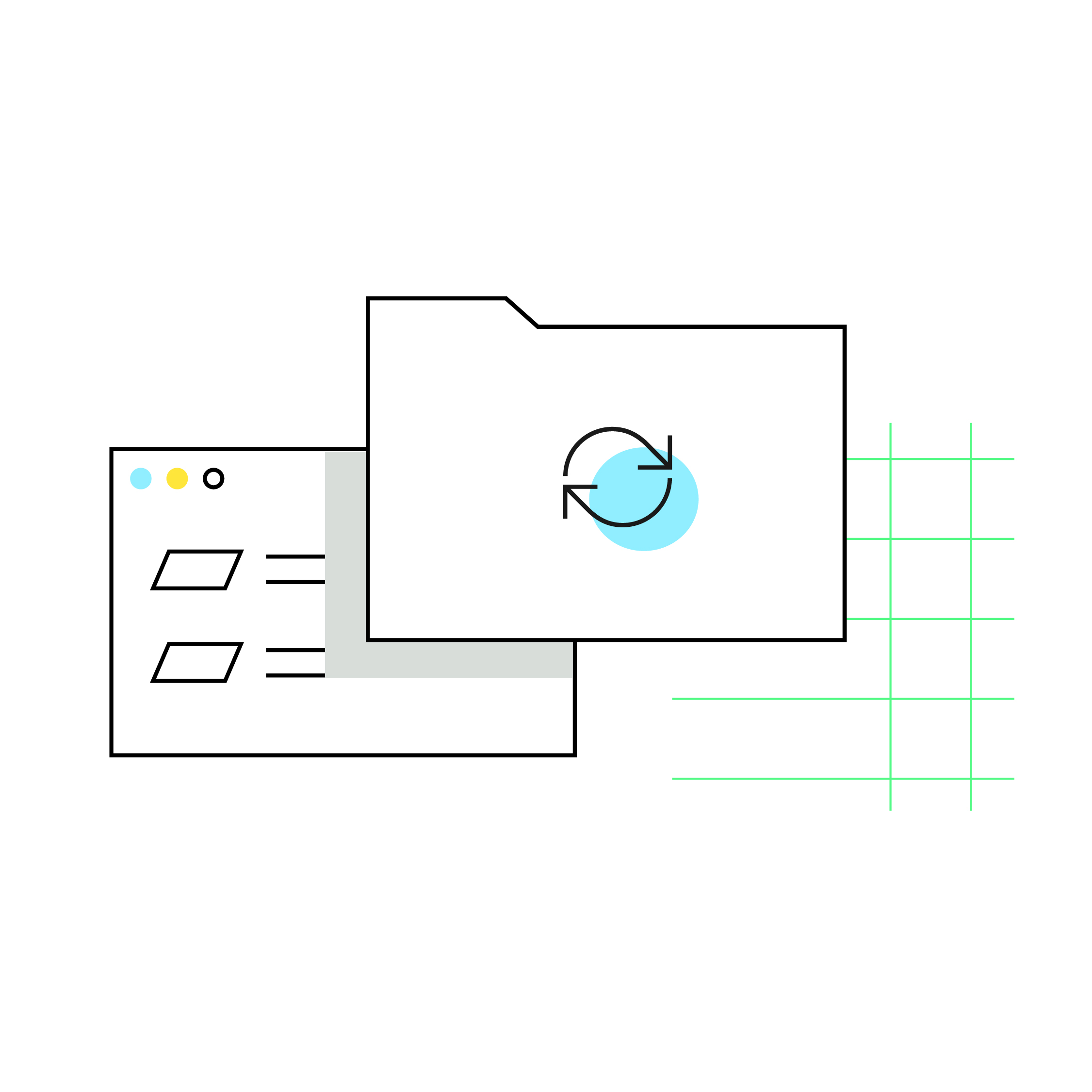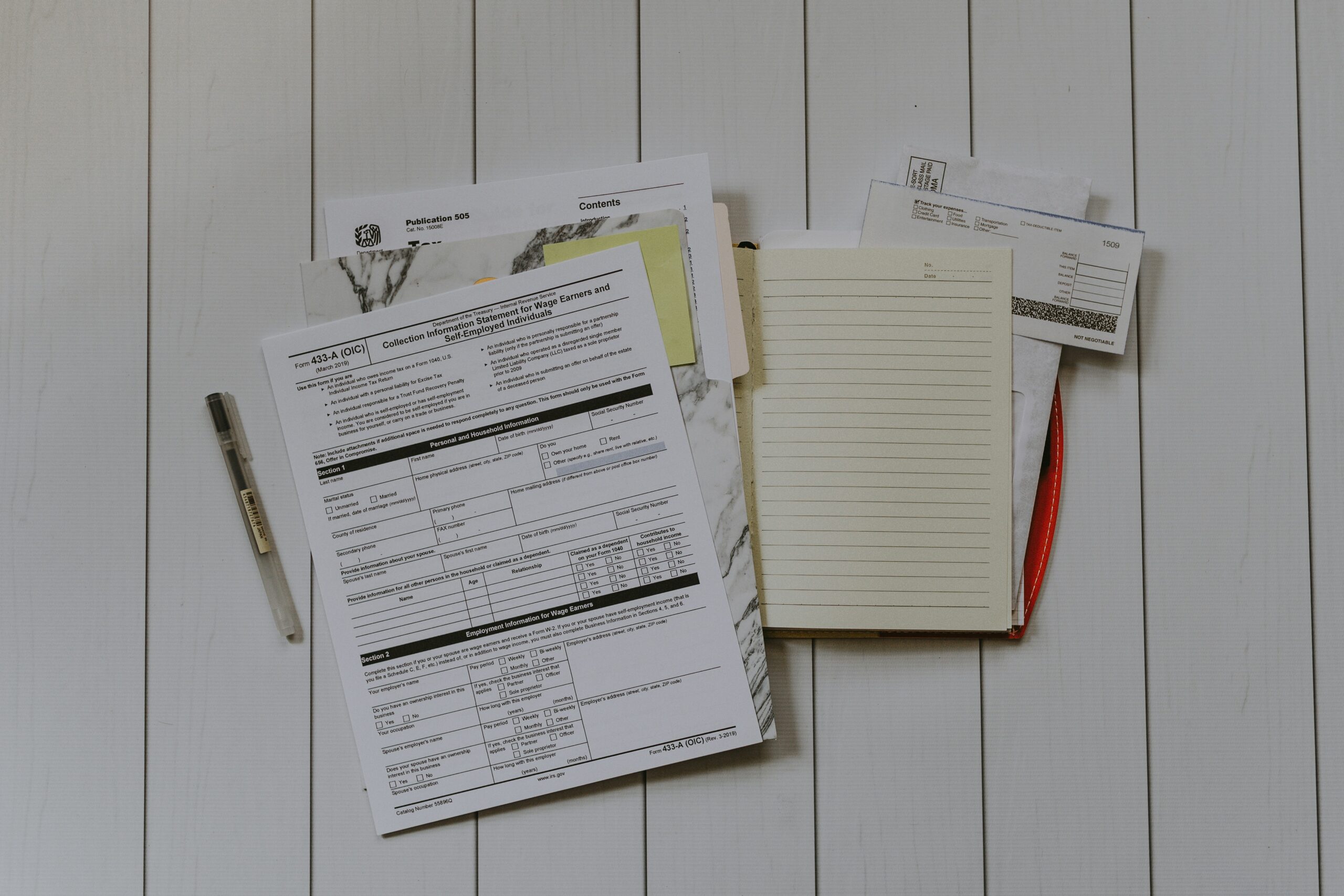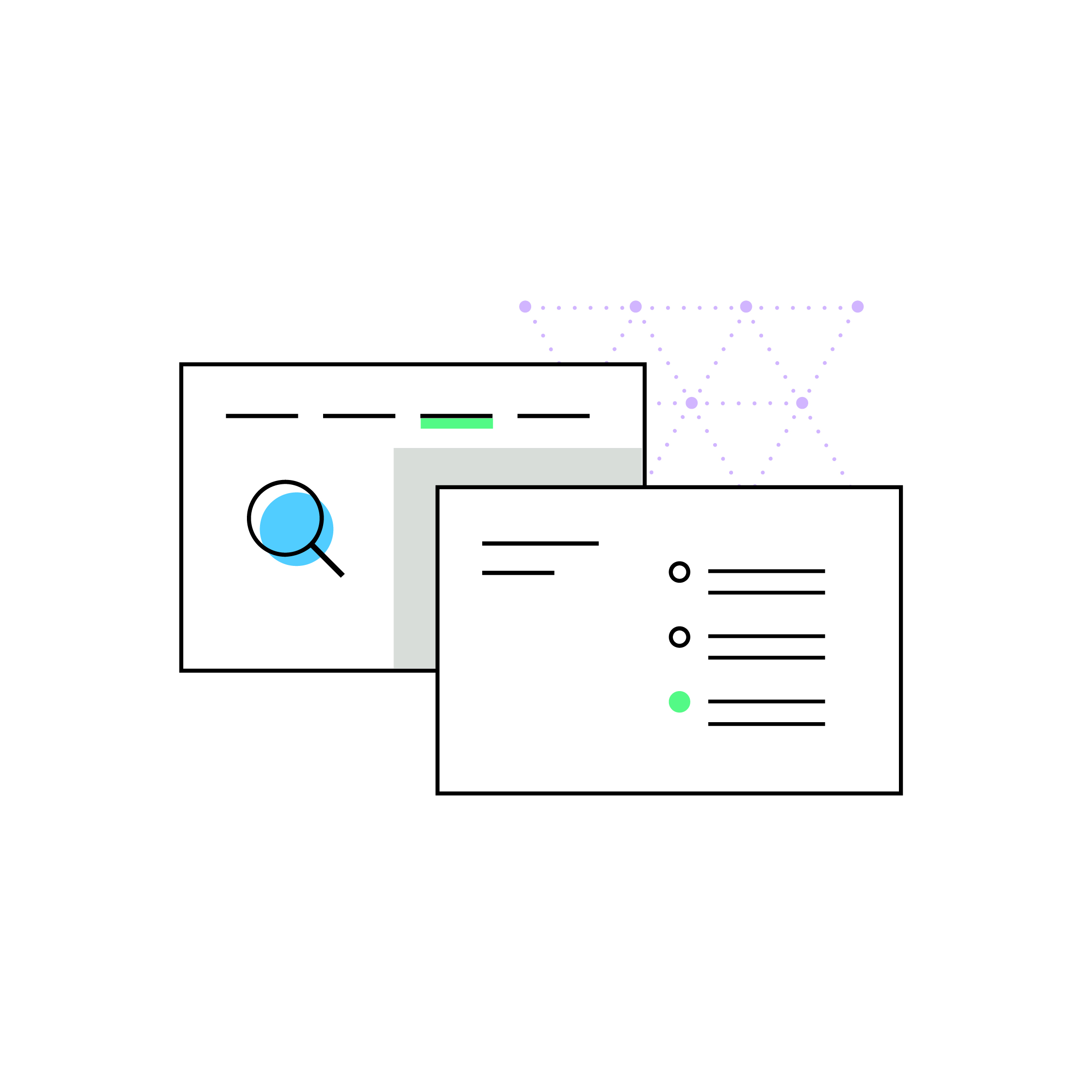Freight vs. small parcel shipping, explained
by October 20, 2023
This guest post was provided by our friends at Refund Retriever. Please note: This blog was originally published in 2021. It’s since been updated for accuracy and comprehensiveness.
Anyone who has been in e-commerce for any length of time knows that small parcel carriers like UPS, FedEx, and DHL charge extra for oversized items. These carriers, who ship by land, air or water, have also recently reduced the size requirements that trigger these fees.
When deciding between using a small package or a LTL (less-than-truckload) freight carrier, shippers need to consider the weight, location, and characteristics of the shipment, including delivery urgency.
Small parcel shipments typically weigh under 70 lbs per shipment, and shipped in either your packaging or carrier supplied packing. Small parcel shipments are not sent on pallets and with carriers such as UPS, FedEx or DHL, will often move through a small package shipping system.
However, it is not always best to use small parcel shipping for certain items.
When should online sellers use freight shipping?
Packaging meeting the following criteria are best shipped via freight service over small parcel.
- Packages over 108 inches in length
- Individual packages over 150lbs
Small parcel shipments have a higher risk than LTL shipments as they can be lost, damaged, or delayed more easily.
Just think about the journey your small parcel shipment embarks upon. The packages are loaded onto pallets, sent to a localized facilities and distributed further into smaller and smaller trucks, finally landing in a single-driver delivery van, if not rerouted to USPS to decrease costs even more.
Freight shipping involves multiple modes of transportation including less-than-truckload (LTL) and full truckload (FTL) modes. These shipments are generally over the size and weight limits listed above and are shipped on secured pallet for easy loading, overall stability, and protection relative to small parcel shipments.
The benefits of LTL and freight shipping have always been clear. Combine bulky, large, and heavy packages to fit into the tightest, non-damaging space possible and get palletized shipments to a common delivery area, if not within a small radius of the given shipment. In order to save money, LTL shipments are sent along with other cargo in a trailer that is 40 feet long, 8 feet wide, and 8 feet tall. If your shipment is greater than 525 cubic feet, full truckload pricing will be your best option. The main advantage to using an LTL carrier is that a shipment may be transported for a fraction of the cost of hiring an entire truck and trailer for an exclusive shipment. Also, a number of accessory services are available from LTL carriers, which are not typically offered by FTL carriers.
Freight rating software is an absolute necessity for freight shippers and 3PLs. The fundamentals of a Freight Rating Shopping System, like Freight Retriever, match a user’s shipping and freight characteristics to a carrier’s service and price options. Freight shippers can then select the best rates from a range of carriers to meet their needs.
Freight vs. small parcel shipping example
Let’s send a large package from Houston (77401) to Seattle (98104). The package is 140 pounds and measures 36 inches by 48 inches. The base published rate from UPS Ground is $105.36, but you also have to watch the accessorial fees that UPS is going to add.
Large Package Surcharge – A Large Package Surcharge will be applied when its length plus girth [(2 x width) + (2 x height)] combined exceeds 130 inches. –$70.00 per package
-or-
Over Maximum Limits – Packages with an actual weight over 150 lbs, or over 108 inches in length, or over 165 inches in length and girth combine – $150.00 per package
Because this package is considered oversized, the total cost will be $105.36 +$150 = $255.36.
We plugged in the same data in our freight/LTL rate shopping tool and got the following quotes from our carriers. Saia was the cheapest coming in at $129.89, take a look at the other carriers rates.
As you can see choosing to ship via freight would be the more feasible and cost-effective option rather than shipping this package the small parcel route.
Ready to harness the power of freight shipping? Then check out:
Freight Retriever
Freight Retriever is the newest offering from Refund Retriever. Our rate shopping tool gives you the flexibility of comparing rates for numerous carriers, based on a variety of destination and classification criteria. Freight Retriever rates LTL shipments by carrier, freight class, destination zip code, and weight. The rate shopping utility will then compare and display the rates for each of the valid carriers on one screen by price.
- Eliminate Manual Process, Uncertainty, & Waste
- Process your own shipment, at any time, 24/7 through our web-based portal.
- Upload, store, and maintain your address book to maintain accuracy and save time.
- Store your custom commodities and products
- Choose from multiple carriers
- Choose carriers based on rate or transit time
- Print freight quotes, bills of lading, invoices, and labels all in one place.
- Create, email, and print bills of lading E-mail notification options
Freight Retriever has made LTL and truckload freight as easy as shipping a FedEx or UPS package. By using our proprietary technology, you have the power to move tons of freight at your fingertips. Want to start rate shopping? Fill out the Freight Application here.
Please note: This blog is for informational purposes only. Be advised that sales tax rules and laws are subject to change at any time. For specific sales tax advice regarding your business, contact a tax advisor.










